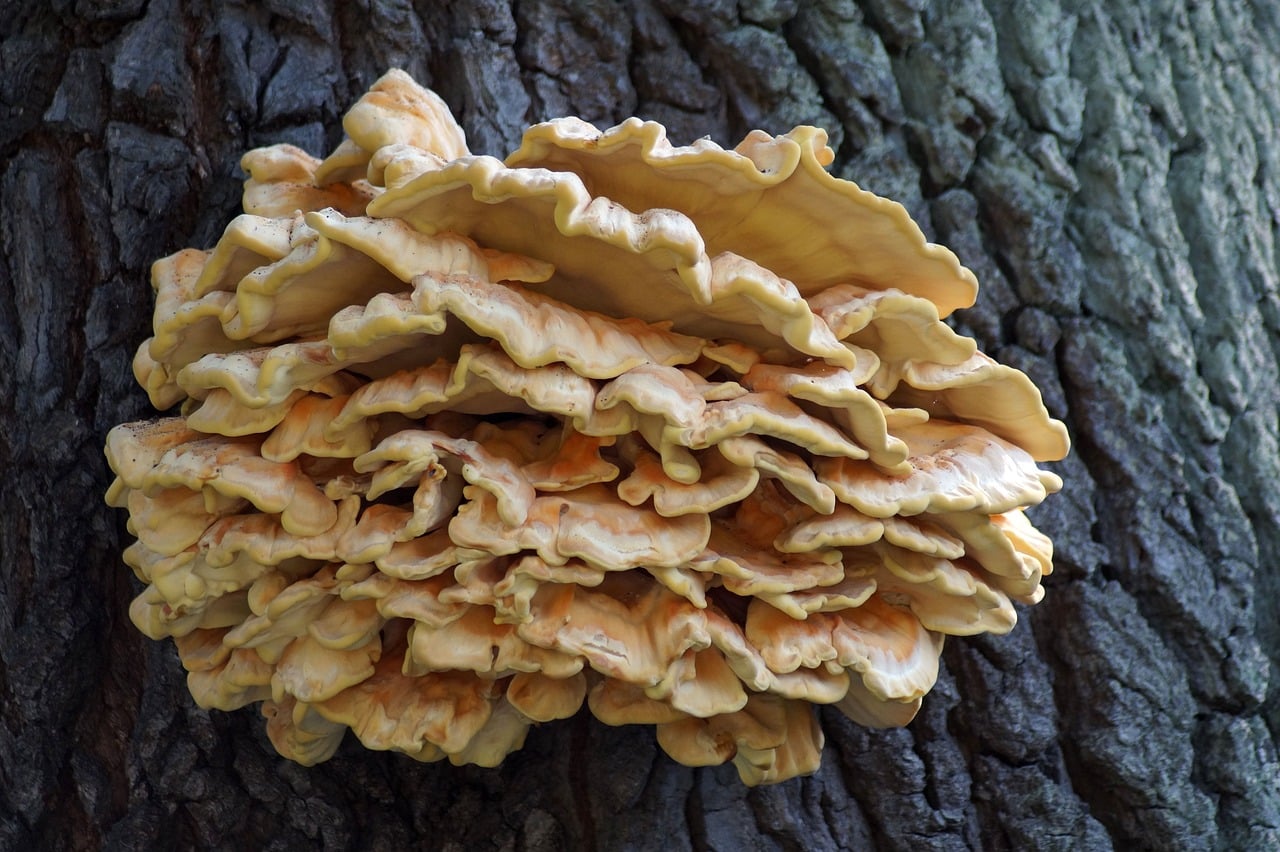Scientists say they unearthed a 1-billion-year-old fossil of fungi. Now new research could shed light on the evolution of fungi and reshape our understanding of how small organisms on Earth evolved to become as we know them today.
This study opposed previous research and beliefs about the earliest known fungi, a group of organisms which includes mushrooms, mold, yeast and more. Scientists believed they first appeared on Earth about half a billion years ago. According to the new study published in the journal Nature, the 1-billion-year-old fossil suggests fungi evolved much earlier than that.
Researchers say the fossil reveals a lot about evolution of fungi. It was unearthed in Canada. The team behind the study learned more about the preserved structure using the latest dating technology, which helped them identify events in the evolution of what they believe to be among the earliest stages of life on land. The study was conducted by Corentin Loron, a Ph.D. student at the University of Liege, Belgium, and his team. They used the dating technology to determine where the microfossils came from, how old they are, and their chemical composition.
In their analysis, the researchers detected chitin, a fiber-like substance that often forms on the cell membranes of fungi organisms. The chitin can be used to determine the age of the rock that contained the fossils, thanks to the ratio of radioactive elements. Researchers dated the fossil to between 900 million and 1 billion years ago, which is considerably older than previous fossil evidence.
According to AFP, Loron described the findings as quite significant because fungi are important organisms in the “tree of life,” belonging to the same group of organisms called Eukaryotes, a group that plants and animals are also part of.
“This means that if fungi are already present around 900-1000 million years ago, so should animals have been,” he told AFP. “This is reshaping our vision of the world because those groups are still present today. Therefore, this distant past, although very different from today, may have been much more ‘modern’ than we thought.”
Fungi are considered some of the most prevalent organisms on Earth, which is why this 1-billion-year-old fossil is important for knowledge of the evolution of fungi. After plants and bacteria, fungi are the third-biggest contributors to the global bio mass. The bio mass of fungi is six times heavier than the biomass of humans and animals combined, according to AFP.
“If this is really fungi, then there should be animals around too,” Loron told The Guardian. “We’re not talking about anything big like dinosaurs. It would be something very simple. Perhaps a sponge.”
Individual fungal spores are tiny and hardly visible with the naked eye. However, these organisms can grow quite large because of their ability to branch out and connect together. Honey fungus in the Blue Mountains in Oregon is considered to be the world’s largest living organism, measuring 2.4 miles wide, according to The Guardian.





